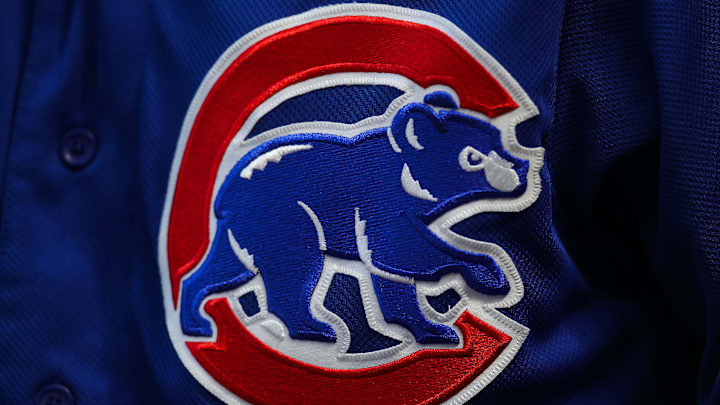Rhett Lowder (RHP) Wake Forest
11-0 14 G, 1.73 ERA, 88.2 IP, 17 BB, 10 K, .216 BAA
Lowder is the pick that Jonathan Mayo of MLB.com had the Cubs getting with the 13th pick in his May 18th mock draft, and he’d be a nice pitcher to pair with Cade Horton as college righties in back-to-back years. He gives a brief write-up of Lowder and makes the joke that even I find too cringey to utter:
"He might not have Lowd stuff (sorry, couldn’t resist), but he’s been extremely consistent and has an ERA under 2.00. He’s had back-to-back seven-inning shutouts, which certainly doesn’t hurt his stock."Jonathan Mayo
Fangraphs has him as their 10th-best prospect in this draft and compare him to Logan Webb but the thing that caught my attention the most was that they expect him to move quickly through the minor leagues. If the Cubs are truly intending to open the window to contention and stay relevant for as long as possible, then having as many arms available (even if they don’t have the upside of some of the farther-off prep pitchers) makes sense. Lowder is the kind of college arm that has mid-rotation upside and that’s good enough. Not every player in every draft needs to draw a comparison to Clayton Kershaw or Mike Trout. Every team has a number four starter, and the really good teams have a number four starter that helps them win games. If Lowder could be that for the Cubs, I’d be ecstatic, but my hope after researching some of the names in this draft is definitely Bradfield.
